Ideal Sports and Activities For Those With Joint Problems/Pain/Issues
June 20th, 2016 | 5 min. read
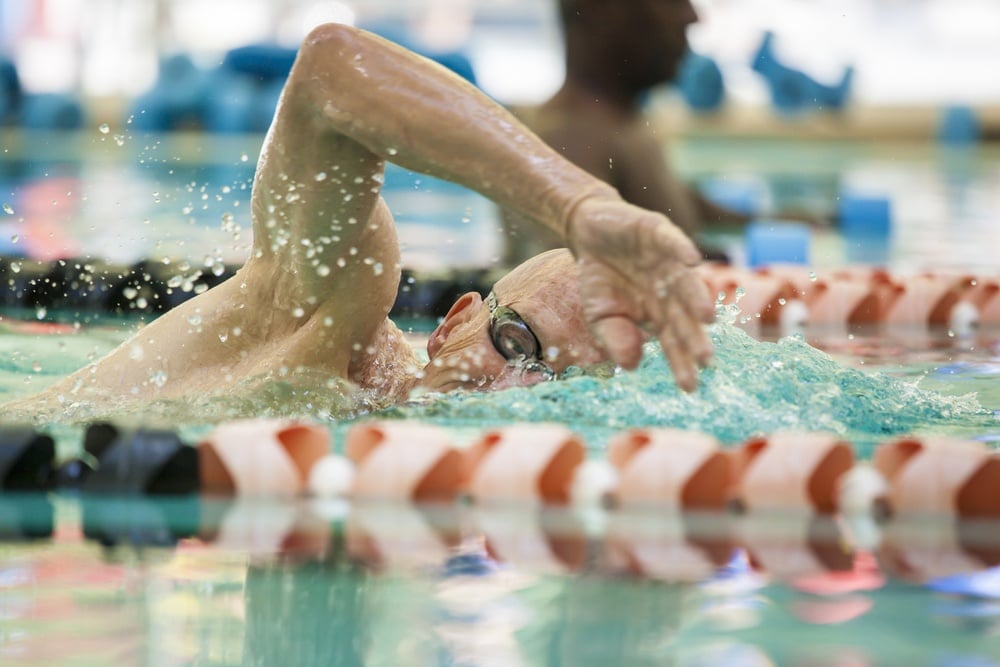
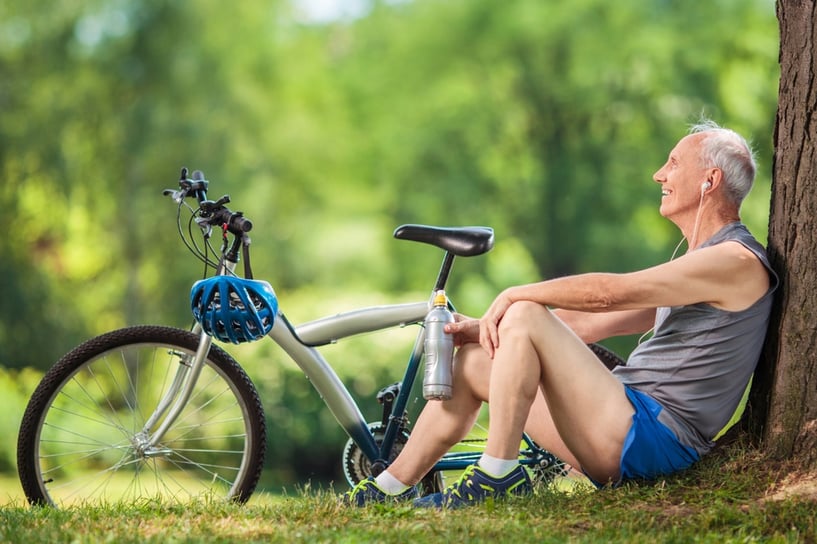
Staying active is important to your health — but If you have joint problems, joint pain, or other issues, you need to choose physical activities that benefit your body without causing you pain or injury. Which activities are ideal for people with joint problems like arthritis or pain?
Low-impact sports and physical activities are ideal for people who live with arthralgia/joint pain, osteoarthritis (OA), or other health conditions (such as autoimmune disorders, diabetes, or obesity) that may cause joint stiffness and discomfort.
But before exploring those options, it's important to address the question: "If I have joint pain, why exercise at all?"
benefits of exercise for those with joint pain or issues
You're likely familiar with the overall health benefits of exercise: heart health, improved circulation, and lower blood pressure are just a few reasons to keep active, even when you're experiencing pain or mobility issues.
However, for those with joint issues like arthralgia and arthritis, engaging in moderate-intensity, low-impact exercise can bring additional benefits that may improve your quality of life, including:
- Decreased pain. Studies show that moving your joints can actually improve your pain symptoms.
- Improved function and flexibility. Exercise helps to lubricate your joints, decrease stiffness, and preserve your range of motion; for people with OA, regular, low-impact exercise may even delay disability, allowing you to keep active longer.
- Better balance. Regular activity can help to strengthen your muscles and improve your balance, which can decrease your risk of falling and sustaining an injury (for example, hip pain) that may require surgery.
- Boosted mood. Exercise has long been shown to help regulate mood in people with depression and anxiety. Being active may help you to feel more energetic and more empowered to keep moving.
The following activities provide low-impact, moderate-intensity exercise that will not put too much strain on the joints. For the best results, try to incorporate activities from each category into your fitness routine.
Each person with arthritis and joint pain is different. Do what you can when you can, and work with a doctor to determine what's reasonable (and safe) for you.
aerobic activities
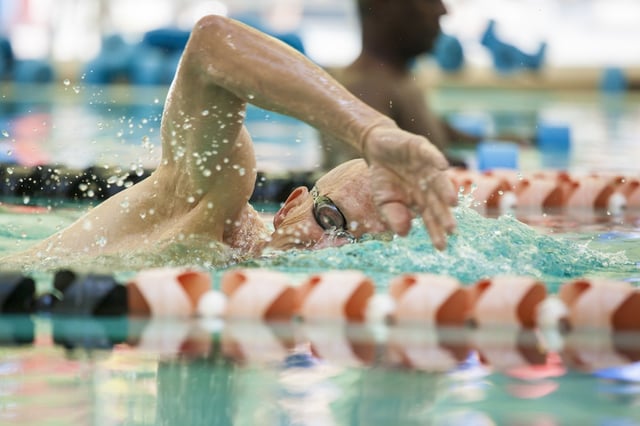
Aerobic exercise, or "cardio," is any conditioning exercise that raises your heart rate above its normal resting rate. A good target is to exercise so that you're breathing harder than usual but are still able to carry on a conversation. (Unless you're swimming!)
Thirty minutes per day of aerobic exercise is ideal, but 150 minutes per week is the government-recommended minimum.
You can complete your aerobic exercise all in one session, or you can work it into your day in multiple, short sessions (for example, 15 minutes of yard work and 15 minutes of bike riding).
If you have joint pain or joint issues, look for activities that bring your heart rate up without twisting your joints or causing too much impact (for example, if your pain or arthritis is moderate to advanced, you may find road running or a high-intensity aerobics class to be too painful).
Ideally you'll want to seek out activities that are gentler on your joints. Remember to go slow at the beginning and gradually add on intensity or duration. Coordinate with a doctor to make sure your activity is safe for you.
Indoor/Gym/Class Cardio for Joint Pain
Remember: higher-impact, more intense workouts are not for everyone. Most important is to keep moving in a way that feels comfortable and safe for you.
- Aquatic aerobics
- Dancing, aerobic (for example, Zumba) or ballroom style
- Elliptical machine
- Spinning class
- Stair climber machine
- Stationery bike
- Swimming
- Tai chi or Qi Gong
- Treadmill
- Yoga
Outdoor or Sports Cardio for Joint Pain
With modification to match your ability level and physical condition, the following activities may be suitable if you have joint pain.

- Basketball
- Bicycling
- Canoeing or kayaking
- Doubles tennis (less running required than singles tennis)
- Golf
- Jogging
- Jumping rope
- Paddle-boarding
- Racquetball
- Skating (ice skating, roller skating/blading)
- Skiing
- Soccer
- Softball or baseball
- Swimming
- Volleyball
- Walking
- Yard work (lawn-mowing, raking)
Protect your injuries. If you have known knee problems and are downhill skiing or playing basketball, be careful when pivoting, stopping, or jumping.
If tennis elbow is your concern, consider trying something other than tennis or golf. Those with rotator cuff and shoulder pain may want to avoid swimming, paddle sports, or baseball.
balance ACTIVITIES
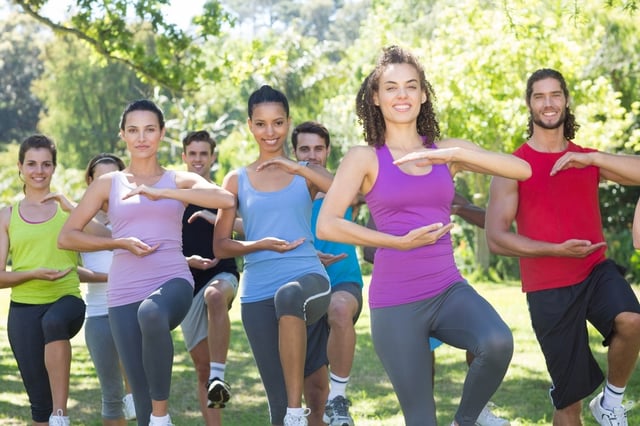
People with joint pain or arthritis, especially those with hip, knee, and ankle problems, may struggle with deteriorating balance. Maintaining balance is especially important to older people, as sustaining a fall is more likely to result in a debilitating injury — especially if you have decreased bone density due to osteoporosis.
When designing your exercise plan with your doctor, try to incorporate balance activities at least twice per week. Balance training does not need to take much time. Activities that can improve balance include:
- At-home balance training exercises like standing on one foot
- Group exercise classes like Tai Chi, Qi Gong, or yoga
- Standing on balance boards or balls (which can be purchased at sporting goods stores)
Some video game consoles, like the Nintendo Wii Fit, include simple and fun balance exercises which allow you to track your progress over time.
flexibility training
A stretching regimen is a critical part of physical activity, particularly in people with joint problems. If you have OA or find your joints are getting stiff and painful, daily activities may get more difficult over time.
Stretching your muscles with static and dynamic stretches after your daily exercise is a good way to improve flexibility and retain your range of motion.
Ask your orthopedic doctor, a physical therapist, or a trainer for a list of flexibility exercises ideal for your particular joint issues. Some people who may have mobility issues or trouble getting up off the floor may prefer chair-based or standing stretches.
strengthening ACTIVITIES
Strengthening your muscles is important, particularly for people with osteoarthritis; stronger muscles can help to take some of the pressure off your joints.
Aim to perform strengthening exercises like the ones that follow two times per week. Try to work all the major muscle groups of the body (chest, back, shoulders, arms, legs, and hips). You can practice your strength training routine at home or in a gym or sports center.
Strengthening Exercises for Joint Pain
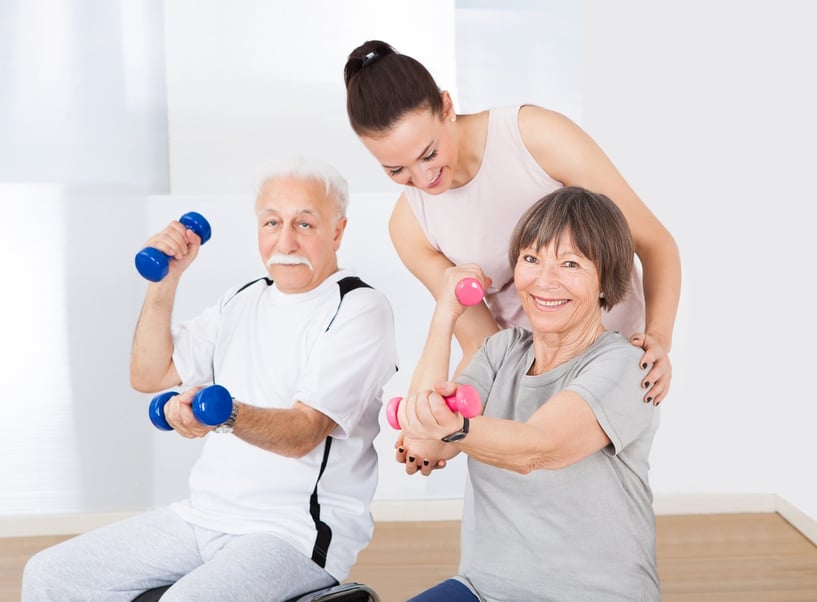
If you're performing resistance exercises or weight lifting, aim for one to three sets of 8–12 repetitions. If you're engaging in an alternative activity like gardening, an exercise video, or a class, try for at least 20 minutes per session.
- Body-weight resistance exercises. Exercises that use your own body weight for resistance are inexpensive and can be done almost anywhere, even when traveling; for example, abdominal crunches, push-ups, squats, or moderate-to-advanced yoga. If you can, look for a trainer or training video to help you learn proper form that protects your joints.
- Resistance band exercises. Most resistance band kits come with booklets or videos that describe standard exercises. Resistance bands, being small and lightweight, are also ideal for travel.
- Weight training. Gym machines, free weights, or weight cuffs are all acceptable forms of muscle strengthening. Be sure to have a trainer advise you about proper technique to build muscle, protect joints, and avoid injury.
- Classes or videos. Specialized training routines and group exercise classes can be an effective way to work different muscle groups without getting bored. Some gyms offer "boot camp" style strengthening classes that incorporate both aerobics and light weight-lifting and body-weight resistance exercises. Seek out classes that are low-impact and low-to-moderate intensity.
- Outdoor or household activities. Heavy yard work like building a shed, shoveling snow, or setting up garden beds can work many muscle groups at once. Be sure to check with your doctor before exerting yourself. Drink plenty of water and seek shade to avoid heat injuries.
No matter what exercises you choose, be sure to modify your activities when you can to reduce strain on your joints.
If you're gardening, for example, use knee pads. If you're walking, running, or playing sports, be sure to wear proper footwear, shoe inserts, or sports braces.
If you're doing body weight resistance work, ask your doctor or class instructor for advice on positions that protect your joints. Use props, too; many exercise programs like yoga allow for modified poses and the use of supportive props like blankets, bolsters, and blocks.
Modifications like these can help you to exercise in comfort, which will increase the likelihood that you'll stick with your activities.
Are you looking for safe exercises and treatment for your joint issues? If you live near Corpus Christi, Texas, give Coastal Orthopedics a call and ask for a consultation. Our experts can assess your physical condition and help you create a treatment plan that works for you. Telephone: 361.994.1166.
Article written by: Rob Williams, MD
Dr. Williams has been practicing orthopedic surgery in Corpus Christi since 1998. After graduating from Texas Tech hereceived his medical degree from the University of Texas at San Antonio. At the prestigious Campbell Clinic located at the University of Tennessee, Dr. Williams completed not only an Orthopedic Surgery Residency, but an additional year of Fellowship Training in Spine Surgery. Dr. Williams is dedicated to creating an excellent patient experience in the office or in the surgery suite.

